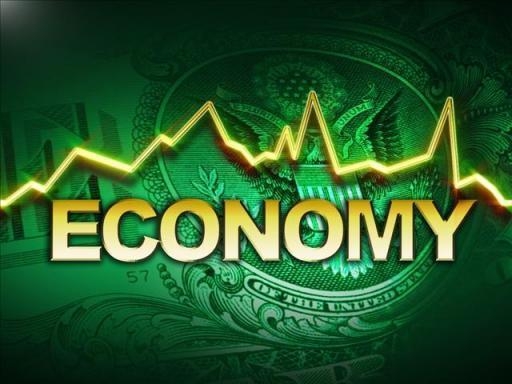Market Data

October 25, 2018
Durable Goods Orders Rise Modestly in September
Written by Sandy Williams
New orders rose 0.8 percent in September primarily due to an increase in defense spending. Defense aircraft and parts orders soared 119.1 percent for the largest gain for the sector in more three years. Stripping out the defense category, orders fell 0.6 percent for the month.
Core capital goods, manufactured goods excluding defense and aircraft, dipped 0.1 percent from August, but increased 6.6. percent from a year ago.
Economists are expecting GDP growth for the third quarter to slow to an annual rate of 3 percent from 4.2 percent in the second quarter. Full-year GDP is forecast at 3 percent, the best in 13 years. However, economists note that investment benefits from last year’s tax cut will fade in 2019.
The September advance report on manufacturers’ shipments, inventories and orders follows:
New Orders
New orders for manufactured durable goods in September increased $2.0 billion or 0.8 percent to $262.1 billion, the U.S. Census Bureau announced today. This increase, up three of the last four months, followed a 4.6 percent August increase. Excluding transportation, new orders increased 0.1 percent. Excluding defense, new orders decreased 0.6 percent. Transportation equipment, also up three of the last four months, led the increase at $1.8 billion or 1.9 percent to $97.4 billion.
Shipments
Shipments of manufactured durable goods in September, up four of the last five months, increased $3.3 billion or 1.3 percent to $256.8 billion. This followed a 0.9 percent August increase. Transportation equipment, up three of the last four months, led the increase at $2.9 billion or 3.3 percent to $89.4 billion.
Unfilled Orders
Unfilled orders for manufactured durable goods in September, up 10 of the last 11 months, increased $9.4 billion or 0.8 percent to $1,186.1 billion. This followed a 0.9 percent August increase. Transportation equipment, up seven of the last eight months, led the increase at $7.9 billion or 1.0 percent to $818.7 billion.
Inventories
Inventories of manufactured durable goods in September, up 20 of the last 21 months, increased $2.8 billion or 0.7 percent to $410.7 billion. This followed a 0.2 percent August decrease. Transportation equipment, up two of the last three months, led the increase at $1.2 billion or 0.9 percent to $130.5 billion.
Capital Goods
Nondefense new orders for capital goods in September decreased $1.9 billion or 2.4 percent to $79.1 billion. Shipments increased $2.1 billion or 2.7 percent to $79.5 billion. Unfilled orders decreased $0.4 billion or 0.1 percent to $717.9 billion. Inventories increased $1.7 billion or 0.9 percent to $179.5 billion. Defense new orders for capital goods in September decreased $2.4 billion or 14.3 percent to $14.2 billion. Shipments increased $0.1 billion or 0.7 percent to $11.7 billion. Unfilled orders increased $2.4 billion or 1.6 percent to $154.4 billion. Inventories increased $0.2 billion or 0.8 percent to $22.8 billion.
Revised August Data
Revised seasonally adjusted August figures for all manufacturing industries were: new orders, $511.0 billion (revised from $510.5 billion); shipments, $504.4 billion (revised from $504.0 billion); unfilled orders, $1,176.7 billion (revised from $1,176.5 billion); and total inventories, $676.3 billion (revised from $675.6 billion).







